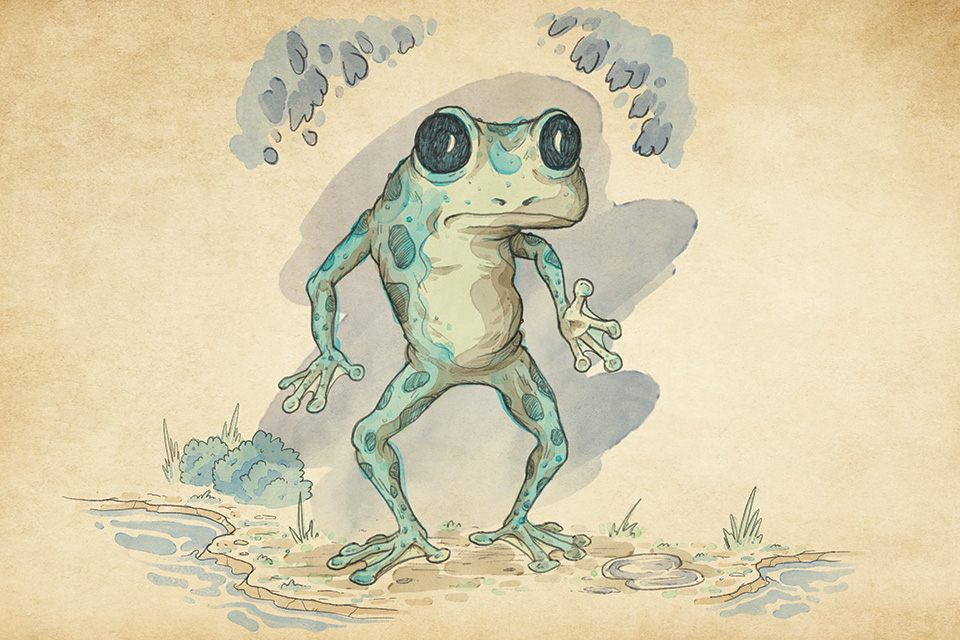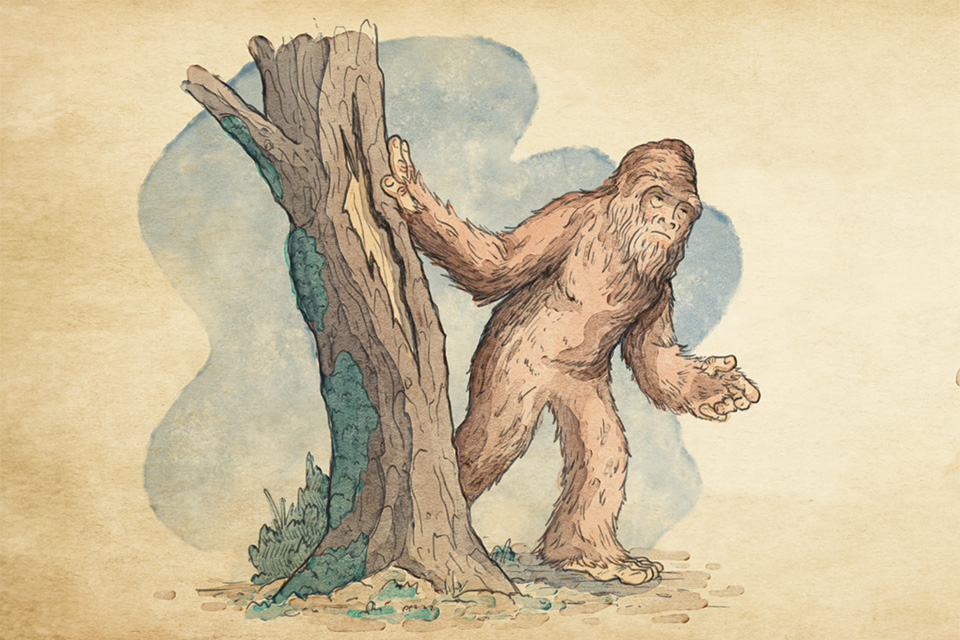Ohio Life
Field Guide to Ohio Cryptids
An easy-to-use handbook for fast identification of mysterious creatures that roam our state.
Related Articles

Artist Dan Chudzinski Takes Bigfoot to the Moon
The Mazza Museum curator discusses the allure of hyper-realistic art and sending an image of one of his works to the lunar surface. READ MORE >>

3 Ohio Hotels and Inns with Paranormal History
Fall and the Halloween season is the perfect time to stay at these storied properties known for reports of unusual happenings. READ MORE >>

Seth Breedlove's Search for the Unexplained
The Small Town Monsters founder and filmmaker discusses his love for exploring American myths and lore. READ MORE >>







